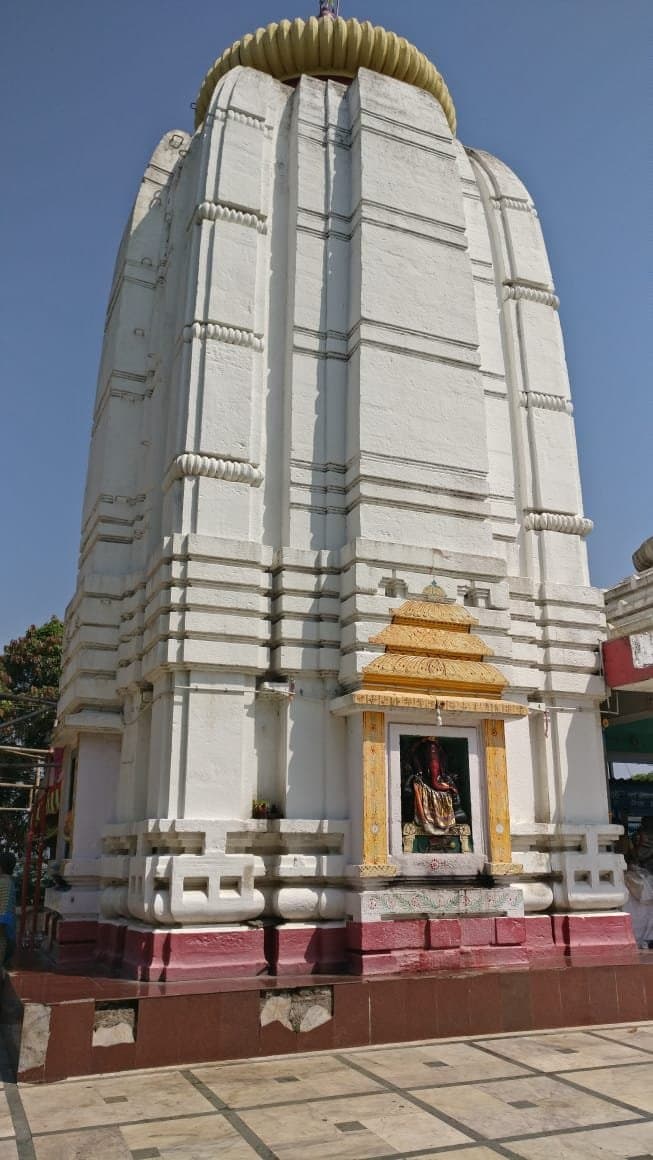
Ashokan Rock Edicts Dhauli
Ancient Ashokan Rock Edicts and a rock-cut elephant, offering a profound glimpse into India's Mauryan history.
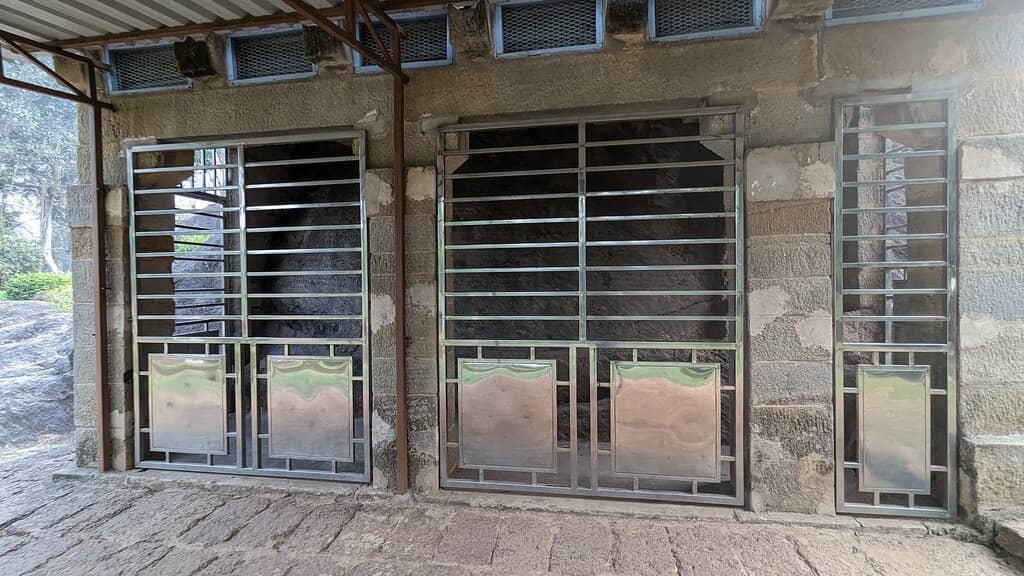
Highlights
Must-see attractions
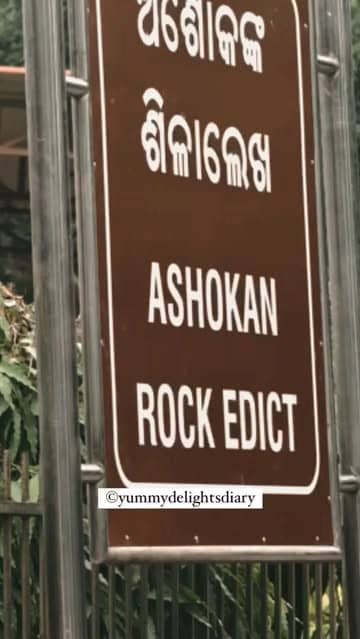
Social
From TikTok & Reddit
Best Time
Beat the heat and crowds

Ashokan Rock Edicts Dhauli
Best Time
Beat the heat and crowds

Highlights
Must-see attractions
Ancient Ashokan Rock Edicts and a rock-cut elephant, offering a profound glimpse into India's Mauryan history.
"An iconic piece of history dating to the 3rd century BC, offering a connection to glorious history."
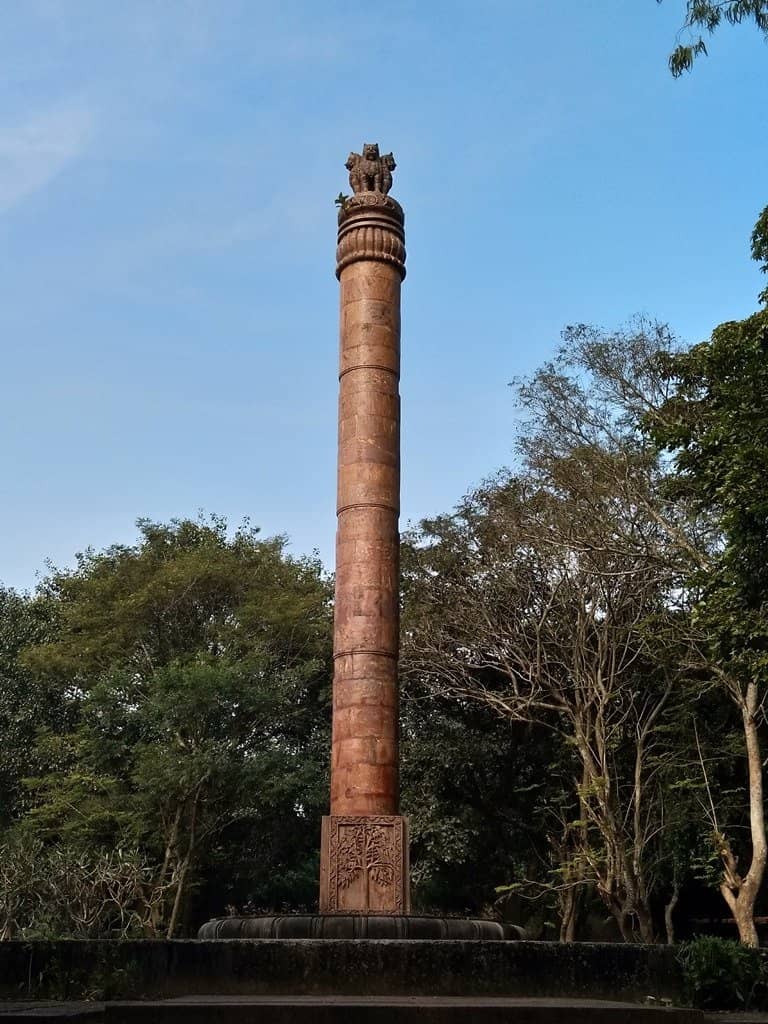
💧 Stay Hydrated!
It gets hot, especially midday. Carry plenty of water to stay comfortable while exploring the site.
👟 Comfortable Footwear is Key
You'll be doing some walking. Wear comfortable shoes to explore the edicts and surrounding areas easily.
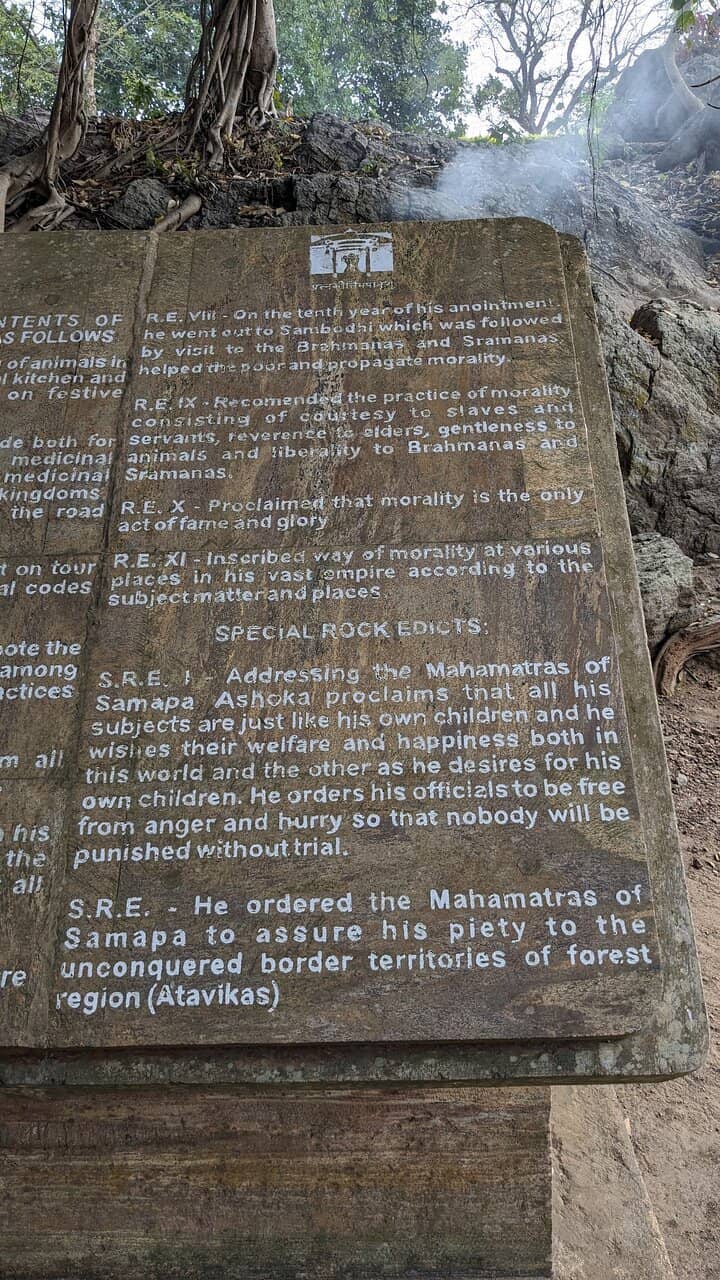
Highlights
Discover the most iconic attractions and experiences
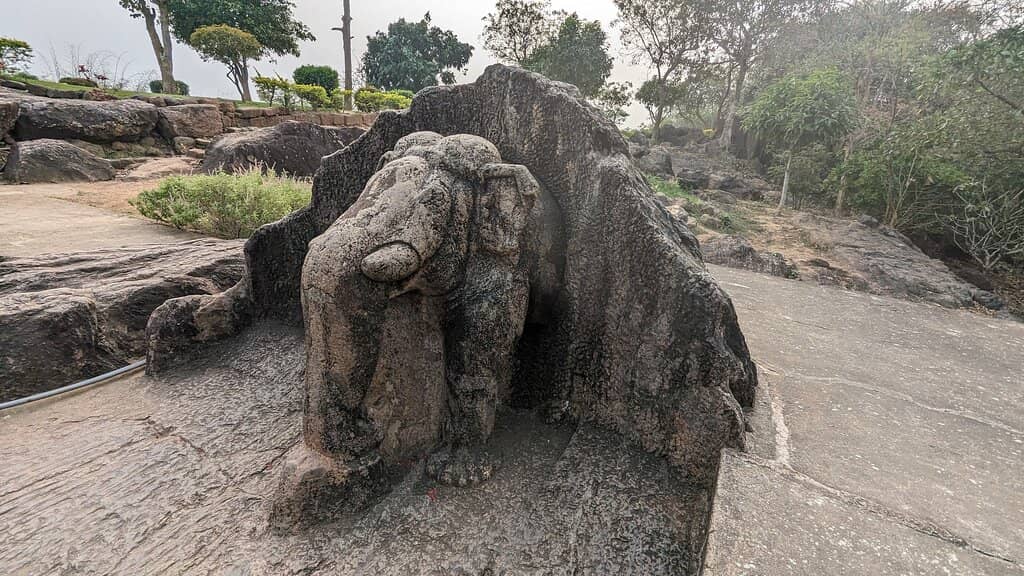
The Major Rock Edicts
Main site
Ancient inscriptions detailing Ashoka's laws and principles, offering a glimpse into Mauryan history.
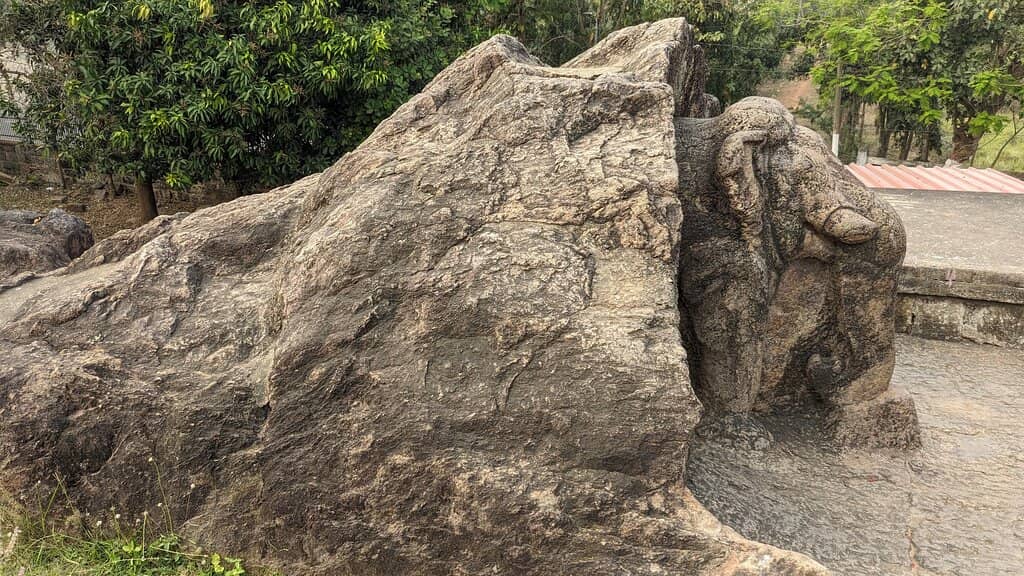
Rock-Cut Elephant
Near the edicts
A fascinating semi-carved elephant sculpture, believed to symbolize Buddha.
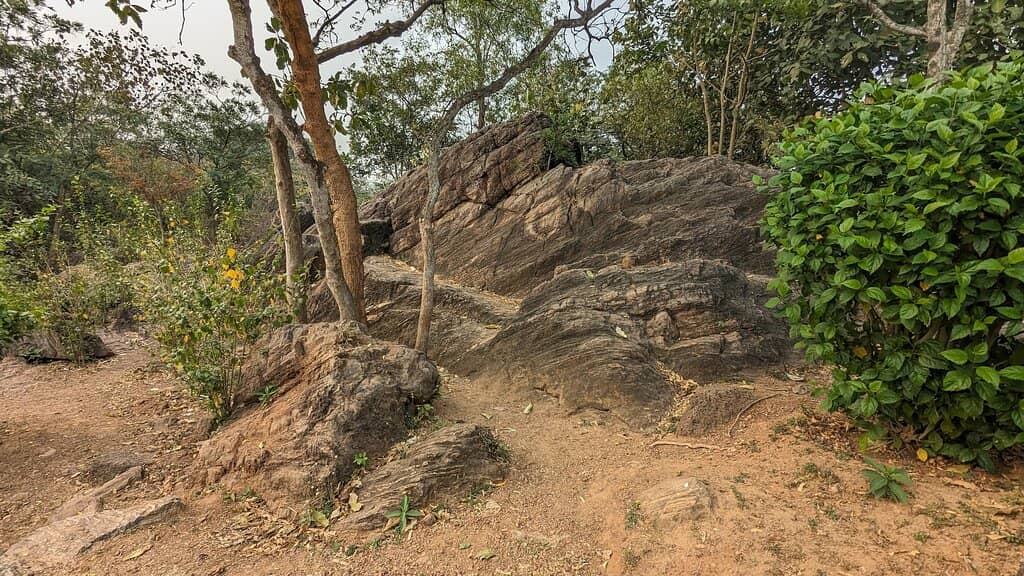
Dhauli Shanti Stupa
Hilltop
A serene Buddhist Peace Pagoda offering panoramic views and a tranquil atmosphere.
Plans like a pro.
Thinks like you
Planning Your Visit
Timing is Key for History Buffs
Combine with Peace Pagoda
Best Times
Insider Tips
from TikTok, Instagram & Reddit
💧 Stay Hydrated!
It gets hot, especially midday. Carry plenty of water to stay comfortable while exploring the site.
👟 Comfortable Footwear is Key
You'll be doing some walking. Wear comfortable shoes to explore the edicts and surrounding areas easily.
📸 Capture the History
The rock edicts and elephant sculpture are incredibly photogenic. Don't forget your camera or phone!
🕰️ Allow ample time
Combine your visit with the nearby Peace Pagoda for a fuller historical experience.
Tips
from all over the internet
💧 Stay Hydrated!
It gets hot, especially midday. Carry plenty of water to stay comfortable while exploring the site.
👟 Comfortable Footwear is Key
You'll be doing some walking. Wear comfortable shoes to explore the edicts and surrounding areas easily.
📸 Capture the History
The rock edicts and elephant sculpture are incredibly photogenic. Don't forget your camera or phone!
🕰️ Allow ample time
Combine your visit with the nearby Peace Pagoda for a fuller historical experience.
🚶♂️ Explore the Gardens
The site features beautiful gardens and a large banyan tree, perfect for a peaceful stroll.
What Travellers Say
Reviews Summary
Visitors praise the Ashokan Rock Edicts at Dhauli for their immense historical significance and the unique rock-cut elephant sculpture. The site, often visited with the serene Dhauli Shanti Stupa, offers a glimpse into ancient Indian history and a peaceful atmosphere. Some find it can get hot and crowded during peak times, so planning accordingly is advised.
"The Ashokan Rock edict at Dhauli is located very close to the Shanti Stupa and is an iconic piece of history dating to the 3rd century BC. Ashoka's edict are one of the greatest sources of information on life during the Mauryan period. There are two important structures here, one is the actual massive rock edict and the second is a rock carved elephant. The rock edict contains information about the laws that Ashoka implemented in Kalinga which he conquered post a bloody battle. The semi carved body of the elephant is supposed to represent Buddha. Do not miss this spot!"
Patricia
"This edict is about 2,300 years ago. This was built by Magadha king Ashoka. This place is now so greenery and beautiful."
Manabendra Koch
"It remains hot and crowdy during public holidays but you have many shops to chill, just be prepared and and enjoy the great place to connect to our glorious history!"
Nisha Gupta
What People Like
What People Dislike
Frequently Asked Questions
🚇 🗺️ Getting There
The Ashokan Rock Edicts at Dhauli are located about 8 km from Bhubaneswar. You can easily hire a taxi or an auto-rickshaw from Bhubaneswar to reach the site. Many visitors combine this trip with a visit to the Dhauli Shanti Stupa, which is nearby.
While direct public buses might be limited, you can take a local bus towards Dhauli from Bhubaneswar and then a short auto-rickshaw ride to the edicts. Taxis offer a more convenient option.
The Ashokan Rock Edicts and the Dhauli Shanti Stupa are within walking distance of each other, especially if you enjoy a short stroll. Alternatively, local auto-rickshaws are readily available for a quick ride between the two.
Yes, there are parking facilities available at the site for cars and two-wheelers, making it convenient for those traveling by private vehicle.
Ride-sharing apps like Ola and Uber are generally available in Bhubaneswar and can be used to book a cab to Dhauli. It's advisable to check app availability in the area beforehand.
🎫 🎫 Tickets & Entry
Entry to the Ashokan Rock Edicts site is generally free, as it's a historical monument maintained by the Archaeological Survey of India (ASI). However, there might be nominal charges for parking.
The site is typically open from sunrise to sunset. It's best to visit during daylight hours to fully appreciate the inscriptions and the surrounding environment.
No advance booking is required for the Ashokan Rock Edicts as there is no entry fee. You can visit anytime during the operational hours.
While official guided tours might not always be available, local guides can sometimes be found offering their services. You can also explore the site independently and learn from the information boards.
To truly appreciate the historical significance, read up on Emperor Ashoka and the Kalinga War beforehand. The inscriptions themselves offer profound insights into his reign and philosophy.
🎫 🧭 Onsite Experience
Light, breathable clothing is recommended due to the climate. Comfortable walking shoes are essential as you'll be exploring the site.
Basic restroom facilities are usually available at the site, especially near the Shanti Stupa complex. It's always a good idea to use them when you see them.
The main area with the rock edicts and elephant is relatively flat, but the path to the Shanti Stupa involves some inclines. Accessibility might be challenging for those with severe mobility issues.
Try to capture the inscriptions clearly, perhaps during the softer light of early morning or late afternoon. The rock-cut elephant is also a popular subject.
A visit to the Ashokan Rock Edicts itself might take about 30-45 minutes. However, if you plan to visit the Shanti Stupa and explore the gardens, allocate at least 1.5 to 2 hours for the entire complex.
📸 📸 Photography
The main rock edicts with their ancient inscriptions and the unique rock-cut elephant are prime photography spots. The surrounding greenery and the view from the nearby Dhauli Shanti Stupa also offer great photo opportunities.
Yes, photography is generally allowed at the Ashokan Rock Edicts. However, it's always good practice to be respectful of the historical site and avoid using flash photography directly on the inscriptions if it seems to be discouraged.
The golden hours, shortly after sunrise and before sunset, offer the most flattering light for photography. Midday sun can be harsh and create strong shadows.
Drone photography is typically restricted at historical and religious sites in India. It's advisable to check local regulations or avoid using drones to prevent any issues.
Focus on the intricate details of the inscriptions, the scale of the rock-cut elephant, and the serene atmosphere of the Shanti Stupa. Wide shots of the landscape can also be beautiful.
For Different Travelers
Tailored advice for your travel style
👨👩👧 Families with Kids
Tips for families: Visit early to avoid the heat, bring plenty of snacks and water, and encourage children to imagine life during Emperor Ashoka's time. The open spaces around the site are good for them to move around, but always supervise them closely. The Shanti Stupa offers a peaceful break with beautiful views.
🏛️ History Enthusiasts
Recommendations: Research Emperor Ashoka and the Kalinga War before your visit to enhance your understanding. Consider visiting with a knowledgeable guide if available, or bring a book that details the edicts. The proximity to other historical sites in and around Bhubaneswar makes it part of a larger historical exploration.
🧘♀️ Spiritual Seekers
Experience: Spend time meditating or reflecting at the Peace Pagoda. The tranquil environment, coupled with the historical weight of the edicts, can be a profound experience. The Dhabaleswar Temple also adds a Hindu spiritual dimension to the site.
Deep Dives
In-depth insights and expert knowledge
The Historical Significance of Ashoka's Edicts
One of the most striking aspects is the rock-cut elephant, a semi-carved sculpture that predates the Shanti Stupa. It's believed to symbolize Buddha, adding a layer of Buddhist significance to the site. The edicts themselves cover a range of topics, from prohibiting animal slaughter and banning certain festive gatherings to promoting religious tolerance and social welfare.
Visiting Dhauli offers a tangible connection to ancient Indian history. The preservation efforts by the Archaeological Survey of India (ASI) ensure that these ancient messages continue to inspire and educate visitors about a pivotal period in Indian history. It's a place where history whispers through stone, inviting contemplation on Ashoka's profound legacy.
Experiencing Dhauli: Beyond the Edicts
The site also features the Dhabaleswar Temple, a lesser-known but ancient Hindu shrine located on the back side of Dhauli Hill. This adds a layer of religious diversity to the Dhauli complex, showcasing the coexistence of different faiths. The combination of historical edicts, Buddhist stupa, and Hindu temple makes Dhauli a unique cultural confluence.
Many visitors find the entire Dhauli complex to be a place of magical serenity. The well-maintained gardens and the presence of a large banyan tree contribute to the peaceful atmosphere, making it an ideal destination for a day trip that blends history, spirituality, and natural beauty.





Social
from TikTok, Instagram & Reddit